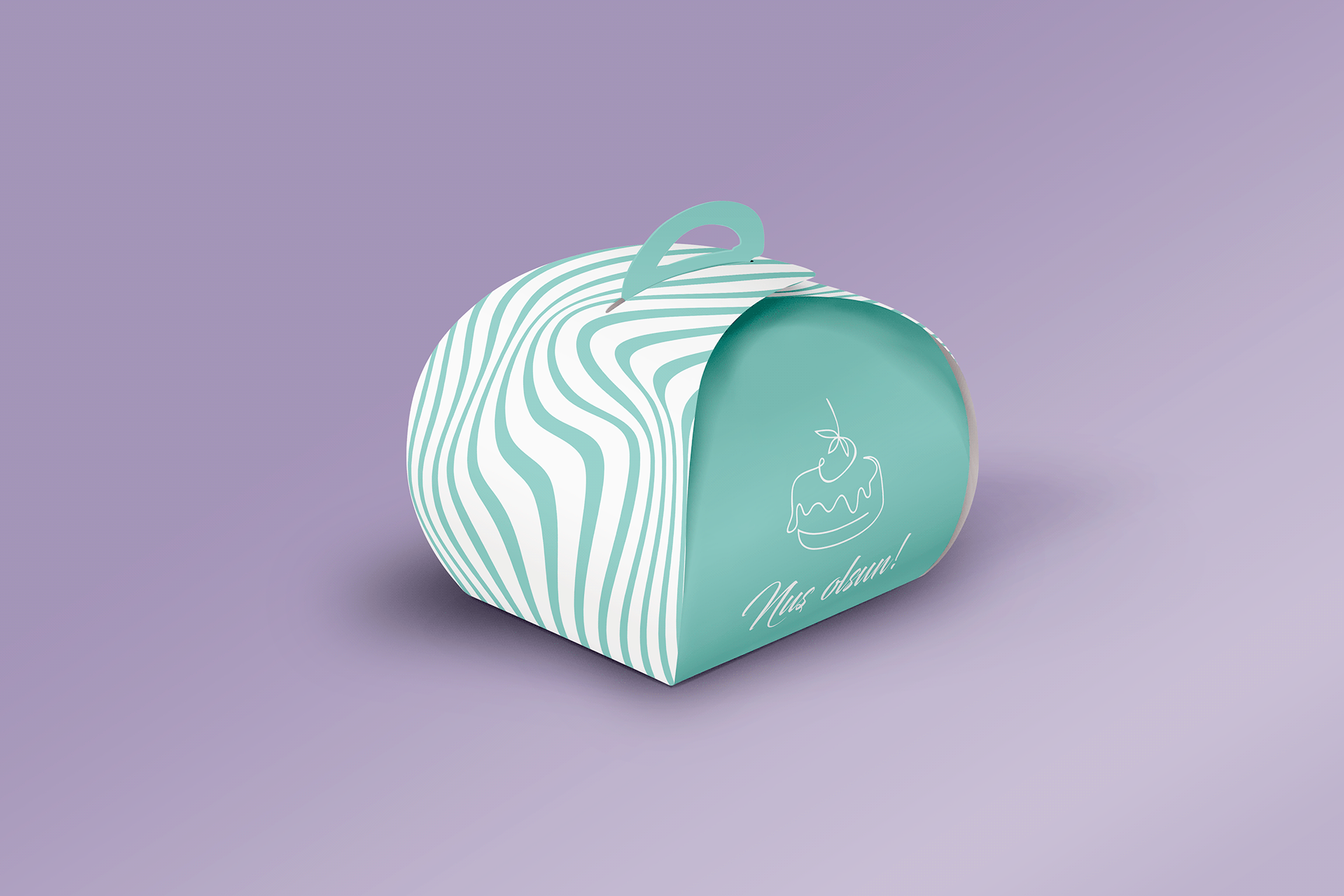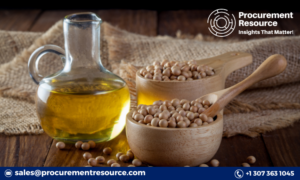We as a whole know and love cardboard boxes. They’re the workhorses of the conveyance world, shipping our web-based requests and everyday food items securely. In any case, do you have some idea that layered cardboard assumes an essential part in the background of the food business?
This blog entry jumps into the custom cupcake boxes business’s astonishing universe of layered cardboard. We’ll investigate the advantages it offers, dive into the various sorts of creased utilized, and find out how it guarantees the protected and proficient conveyance of the food we love.
Beyond Packaging: The Multifaceted Role of Corrugated Cardboard
Corrugated cardboard is more than just a box; it’s a structure that has been carefully designed. Produced using layers of fluted paper (the wavy part) sandwiched between level liner board, it gives a special blend of the ridged construction makes areas of strength for an unbending material, fit for safeguarding food items during transport and capacity. Contrasted with other bundling materials like wood or metal, folded cardboard personalized cookie boxes are essentially lighter, diminishing transportation expenses and making dealing with more straightforward.
Versatility: Sustainability
A wide range of food items can be accommodated by modifying the size, shape, and strength of corrugated cardboard.
Cardboard is a recyclable material, settling on it as an eco-accommodating bundling decision for the food business. Cardboard can be printed with top-notch designs and data, permitting food makers to mark their items and exhibit significant subtleties.
These qualities make corrugated cardboard an essential player throughout the food supply chain, from farm to fork.
A Cardboard Buffet: Different Types for Different Food Needs
The The universe of ridged cardboard isn’t one-size-fits-all. The following is a breakdown of some typical kinds utilized in the food industrytry:
Single-Wall Ridged: This is the most essential sort, highlighting one layer of fluting between two level liners. It’s appropriate for lighter food things like cereals or bites.
Twofold Wall Creased: This gives more assurance of two layers of fluting. It’s great for heavier food items like canned products or containers.
Triple-Wall Creased: For definitive insurance of extremely weighty or delicate food things, triple-wall ridged offers the greatest strength with three fluting layers.
Waxed or Covered Cardboard:
This type has an exceptional covering that makes it impervious to dampness and oil, ideal for bundling meat, poultry, or frozen food sources. The particular kind of creased cardboard utilized relies upon the weight, shape, and temperature responsiveness of the food item it will secure.
From Farm to Fridge: How Corrugated Cardboard Protects Food
Corrugated cardboard plays a crucial role in several stages of the food supply chain:
-
Protection During Transportation: Cardboard boxes shield food products from bumps, vibrations, and crushing forces that can occur during transport from farms or processing plants to warehouses and retail stores.
-
Stacking and Storage: The strength of corrugated cardboard allows for safe stacking of food products in warehouses and retail stores, maximizing storage space and minimizing damage.
-
Temperature Control: Some types of corrugated cardboard can be insulated to maintain the temperature of food products, especially for refrigerated or frozen items.
-
Hygiene and Food Safety: Cardboard boxes act as a barrier against dust, dirt, and contamination, helping to maintain food safety and hygiene throughout the supply chain.
-
Portion Control and Marketing: Cardboard boxes can be designed with specific compartments or sizes to control portion sizes for individual consumers or restaurants. Additionally, the printable surface allows for branding and marketing messages, promoting food products to consumers.
By playing these crucial roles, corrugated cardboard ensures the safe and efficient delivery of the food we rely on.
The Future of Cardboard: Innovation and Sustainability
The food business is continually developing, as is the utilization of layered cardboard. Here are a few energizing patterns in ridged bundling:
Economical Materials: The utilization of reused content in cardboard is expanding, limiting the ecological effect.
Advanced Coatings: New coatings are being made to resist moisture and temperature better, protecting food even better.
Brilliant Bundling: Advancements like coordinated sensors and QR codes on cardboard bundling can follow temperature, and newness, and even give customers extra data about the food item. As innovation propels, we can hope to see significantly more creative and feasible utilization of layered cardboard in the food business.
A Cardboard Toast to Food Safety and Efficiency
Layered cardboard could appear to be a straightforward box, however, it’s an essential pinion in the hardware of the food business. Its solidarity, flexibility, and manageability make it a go-to bundling answer for safeguarding food items all through their excursion from homestead to the table.
Conclusion: A Cardboard Toast to Food Safety and Efficiency (Continueed)
unload a container of new vegetables, and recall the quiet legend in the background – the ridged cardboard box. It is an example of human ingenuity, a proponent of food safety, and a crucial player in ensuring that the food we enjoy is delivered effectively. As the food business embraces supportable practices, layered cardboard is ready to advance close by it. We can anticipate even more exciting ways this humble box will continue to contribute to a food supply chain that is safe, effective, and friendly to the environment as a result of advancements in technology and materials.











